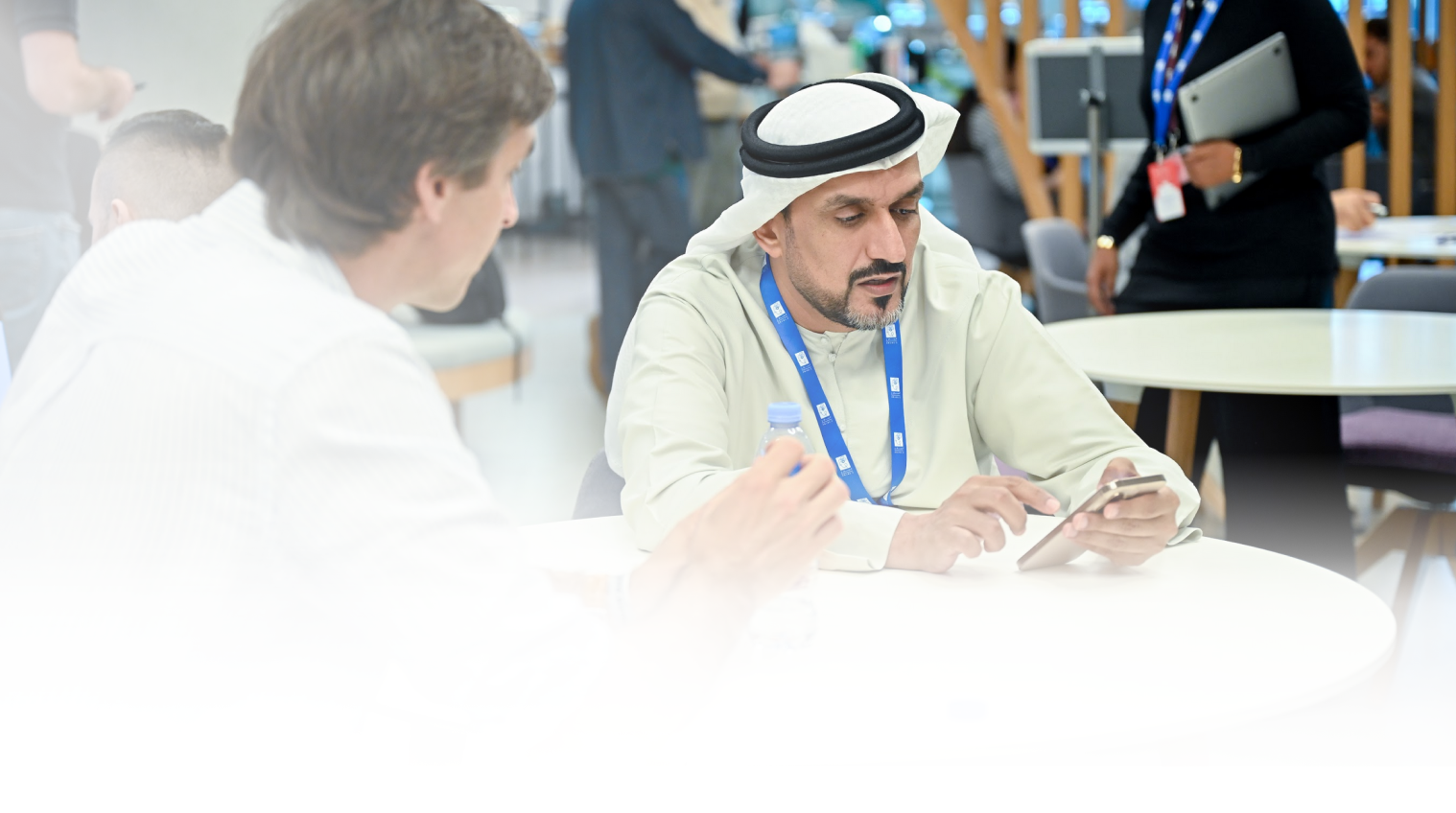

While Silicon Valley debates the future of TikTok, the Middle East is quietly building a creator economy worth $576.1 million in 2024, projected to hit $897.3 million by 2029. But the most interesting development isn't the growth rate—it's the government intervention.
Sheikh Mohammed bin Rashid Al Maktoum announced a AED 150 million ($40.8 million) fund dedicated to supporting influencers and content creators in January 2024. This isn't corporate sponsorship or VC funding—it's direct government investment in digital content creation as economic infrastructure.
The UAE government also partnered with TikTok on safe browsing initiatives for children and families, recognizing that creator economy regulation requires proactive collaboration rather than reactive restriction.
The MENA influencer marketing spend is projected to hit $1.23 per user in 2024, with a 9.27% CAGR through 2029. Saudi Arabia and the UAE lead in both spending and creator count, but the interesting action is happening in the micro-influencer segment.
In the last year, 63% of MENA influencers increased their focus on social causes, with 35% showing significant content increases around environmental sustainability and social justice. This isn't virtue signaling—campaigns addressing social issues consistently outperform pure product promotion.
MENA consumers, especially younger demographics, prioritize brands that align with their values. Ramadan charity initiatives and community responsibility campaigns have generated some of the highest engagement rates in the region.
The diverse cultural landscape creates unique opportunities. Influencers who understand cultural nuances across different countries and languages command premium rates, with Arabic-speaking creators particularly in demand as global brands seek regional authenticity.
Unlike Western markets where creator monetization relies heavily on platform payouts and brand sponsorships, MENA creators are pioneering hybrid models. Social commerce, affiliate marketing, and digital product sales are growing faster than traditional advertising deals.
The high smartphone penetration rate in Qatar (99%) and Kuwait (98%) has created lucrative markets for mobile-first content and commerce integration. Creators aren't just building audiences—they're building distribution channels for local businesses.
The MENA influencer ecosystem is still developing compared to mature markets. There's a gap in agency specialization, particularly for nano and micro-influencers. Most infrastructure targets mega-influencers, leaving smaller creators underserved.
Despite government support, regulatory frameworks vary significantly across countries. The UAE has clear licensing requirements for influencers, while other markets remain ambiguous, creating compliance challenges for brands running regional campaigns.
Creator economy platforms designed for the MENA market need to address specific regional needs: multi-language content management, Sharia-compliant payment systems, cultural sensitivity filters, and cross-border commerce integration.
The opportunity isn't just in creator tools—it's in creator-commerce integration. Platforms that help creators monetize through local partnerships, regional product launches, and community-driven sales will capture disproportionate value.
Brands entering MENA can't apply Western influencer strategies directly. The most successful campaigns combine global brand values with local cultural relevance, using creators who can authentically bridge both worlds.
Performance metrics need adjustment too. Engagement rates are consistently higher in MENA markets, but conversion patterns differ significantly. Brands need region-specific measurement frameworks rather than global benchmarks.
At BOLT, we've seen corporations struggle to integrate creator partnerships into their innovation processes. The most successful programs treat creators as research partners and market validators, not just marketing channels.
Hackathons and innovation challenges that include creator participation consistently produce more market-ready solutions. Creators understand user behavior patterns that traditional market research misses.
The MENA creator economy isn't just following global trends—it's pioneering new models for government-supported creative industries, culturally-integrated commerce, and values-driven content creation. Companies that understand this distinction will build sustainable competitive advantages in a market projected to nearly double by 2029.